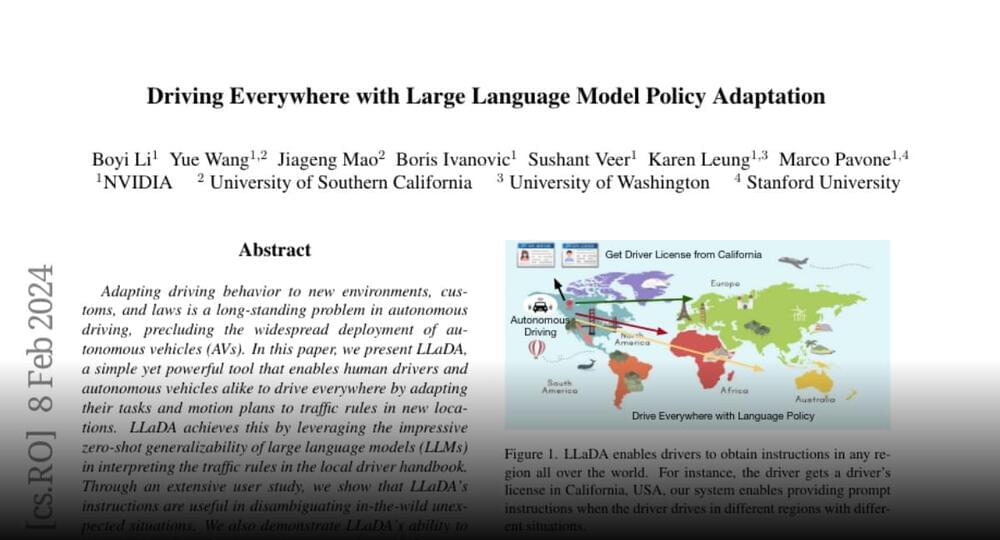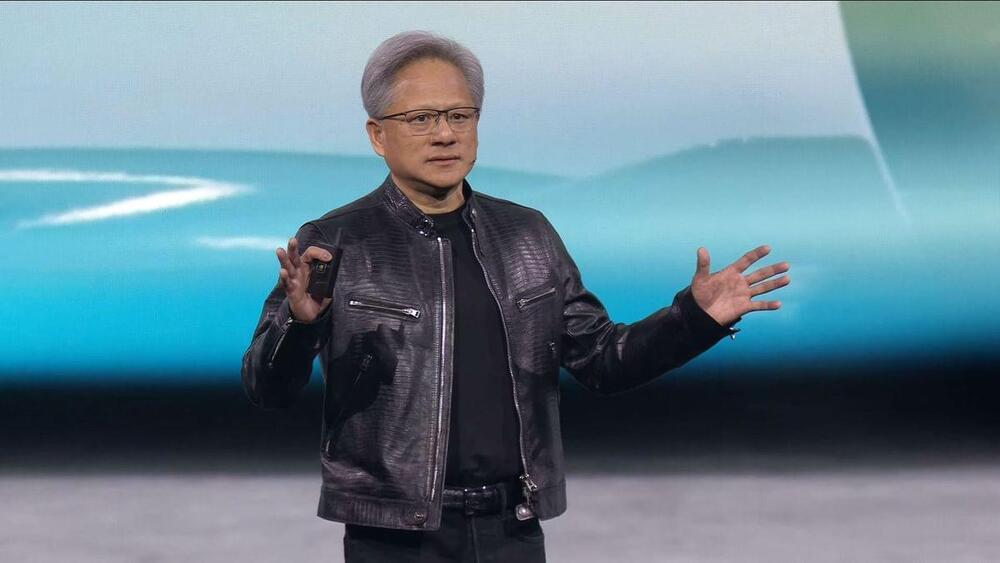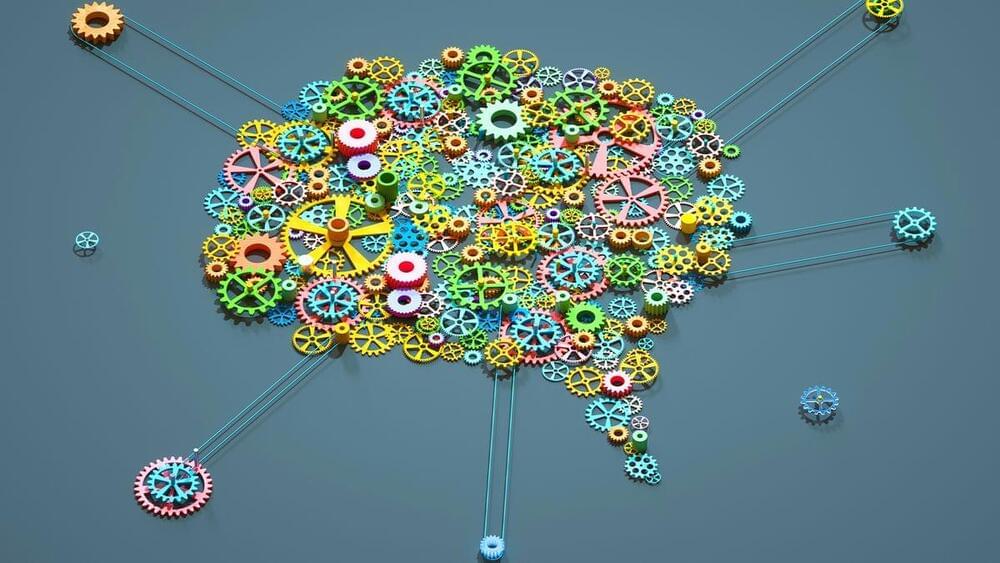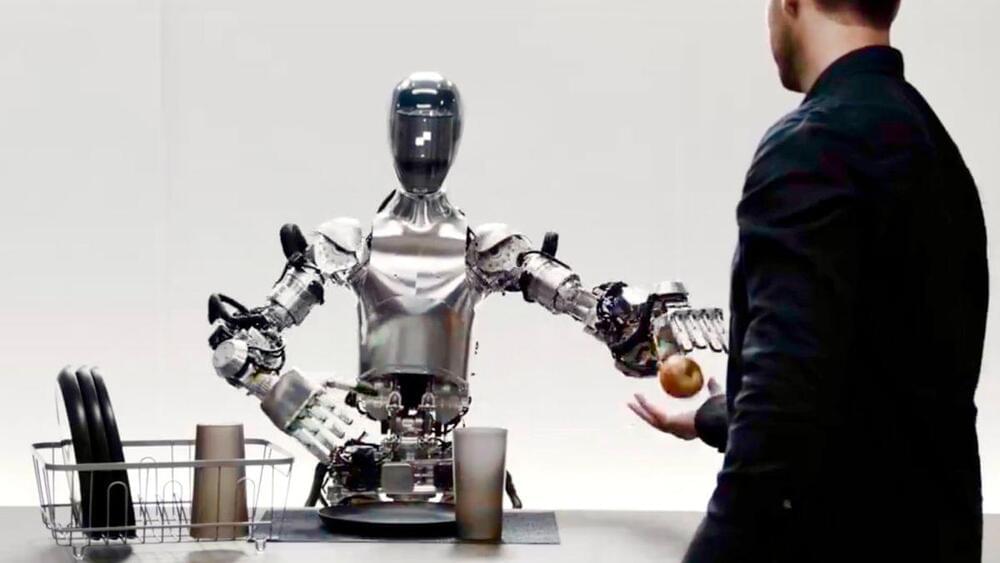Computer scientists at Columbia Engineering have developed a transformative method for detecting AI-generated text. Their findings promise to revolutionize how we authenticate digital content, addressing mounting concerns surrounding large language models (LLMs), digital integrity, misinformation, and trust.
Category: robotics/AI – Page 711

Driving Everywhere with Large Language Model Policy Adaptation
Nvidia presents Driving Everywhere with Large Language Model Policy Adaptation LLaDA is a simple yet powerful tool that enables human drivers and autonomous vehicles alike to by adapting their tasks and motion plans to traffic rules.
Nvidia presents Driving Everywhere with Large Language Model Policy Adaptation.
LLaDA is a simple yet powerful tool that enables human drivers and autonomous vehicles alike to by adapting their tasks and motion plans to traffic rules.
Paper page: https://huggingface.co/papers/2312.14150)
Join the discussion on this paper page.

Sam Altman Says AI Using Too Much Energy, Will Require Breakthrough Energy Source
The process is ludicrously energy intensive, with experts estimating that the industry could soon suck up as much electricity as an entire country.
So it shouldn’t come as a surprise that OpenAI CEO Sam Altman is looking for cheaper alternatives. During a Bloomberg event at the annual World Economic Forum in Davos, Switzerland, the billionaire suggested that the AI models of tomorrow may require even more power — to the degree that they’ll need a whole new power source.
“There’s no way to get there without a breakthrough,” Altman told audiences, as quoted by Reuters. “It motivates us to go invest more in fusion,” adding that we need better ways to store energy from solar power.





Mercedes-Benz Will Start Using Humanoid Robots to Help Build Cars
Yay face_with_colon_three
Mercedes-Benz is partnering with U.S.-based robotics firm Apptronik to explore ways that the latter’s humanoid robots can be used at its factories.
Video: Fast-learning Eve humanoids can now fold laundry autonomously
A month ago, we were impressed by these robots being able to pick things up, put them in the right spot, open doors and charge themselves. But new video released hours ago makes it clear that autonomous humanoid work is starting to accelerate like mad.
Norwegian robotics company 1X is OpenAI’s other bet in the humanoid game – the bigger recent headline being its investment in, and collaboration with American company Figure.
1X’s Eve robots don’t have legs; they roll around on wheeled platforms. They don’t have the extraordinary hands that companies like Sanctuary AI, Figure and Tesla are making, settling instead for stumpy-looking claw grippers. And they’re pretty underwhelming to look at, too – their smiley faces, frankly, look silly, and as we’ve noted before, they’re draped in little tracksuity arrangements that make them appear like they’re late for their luge race.